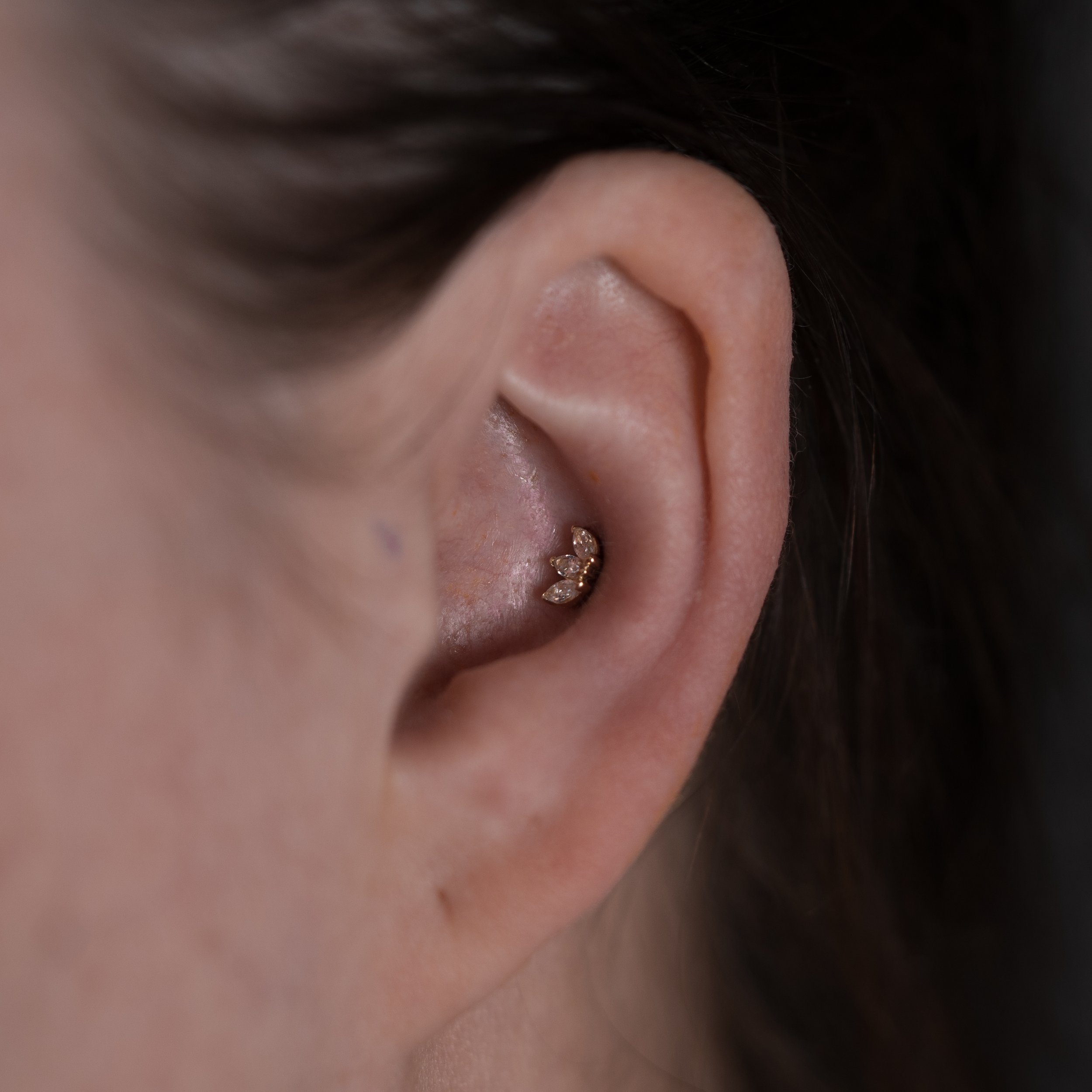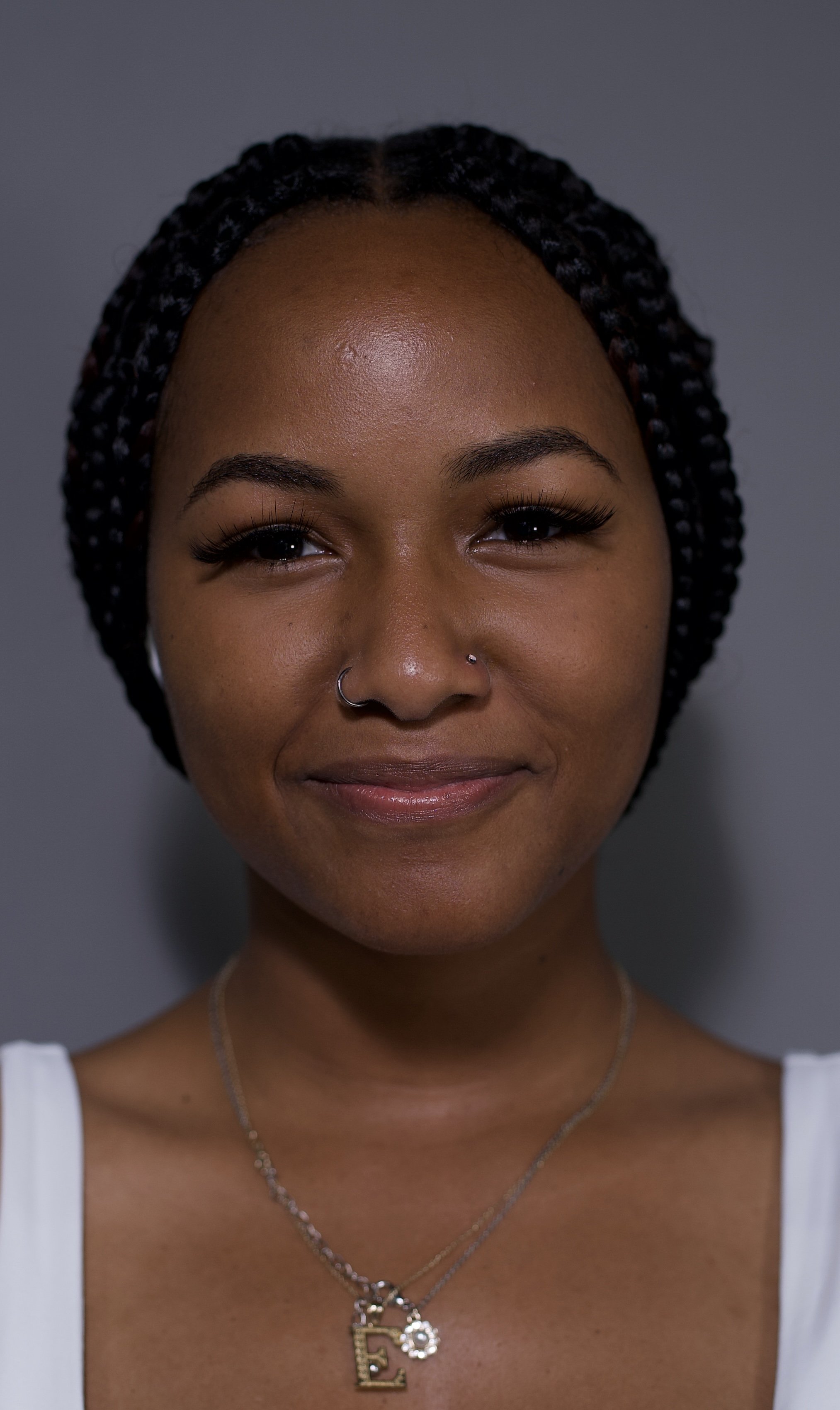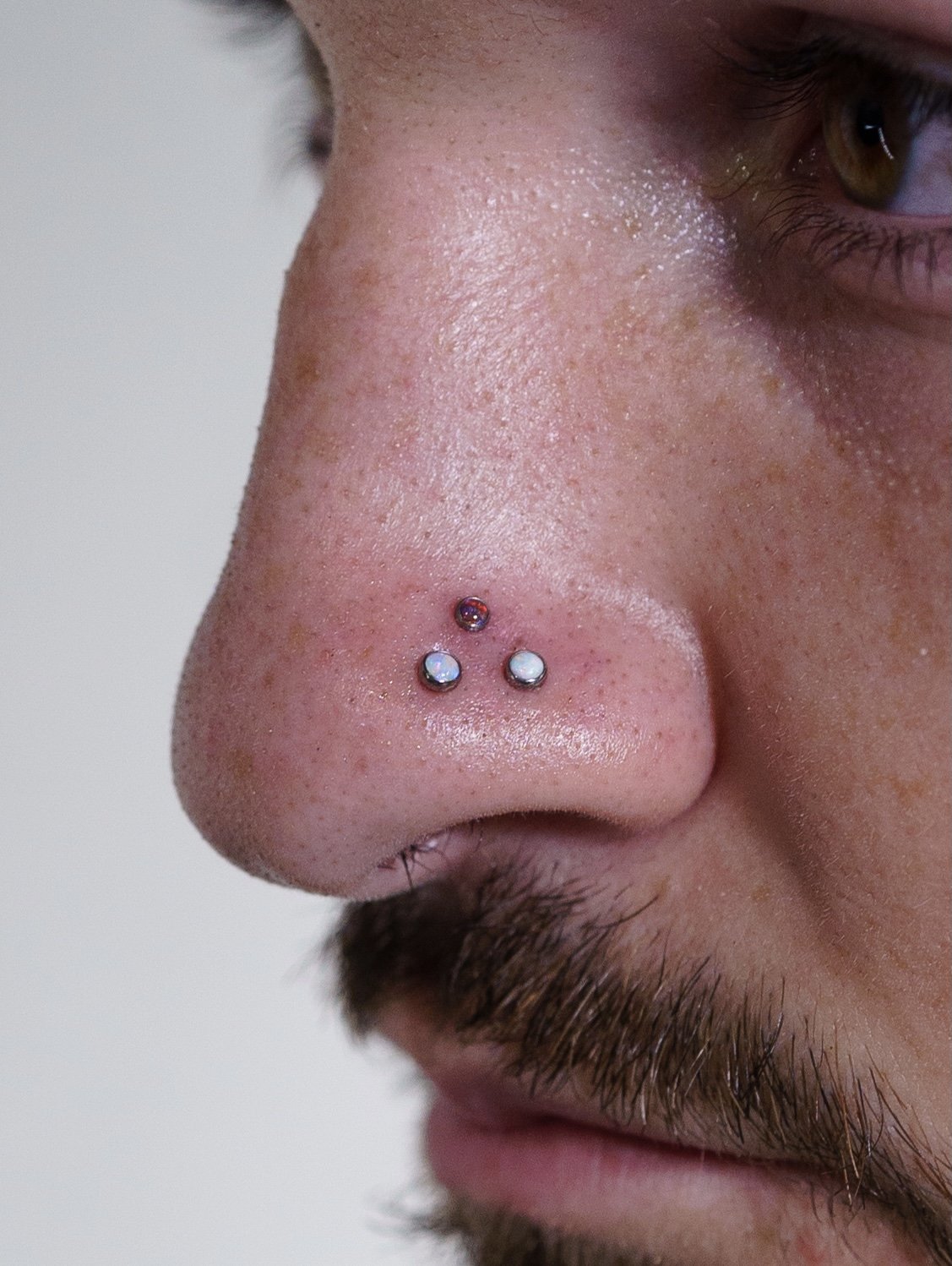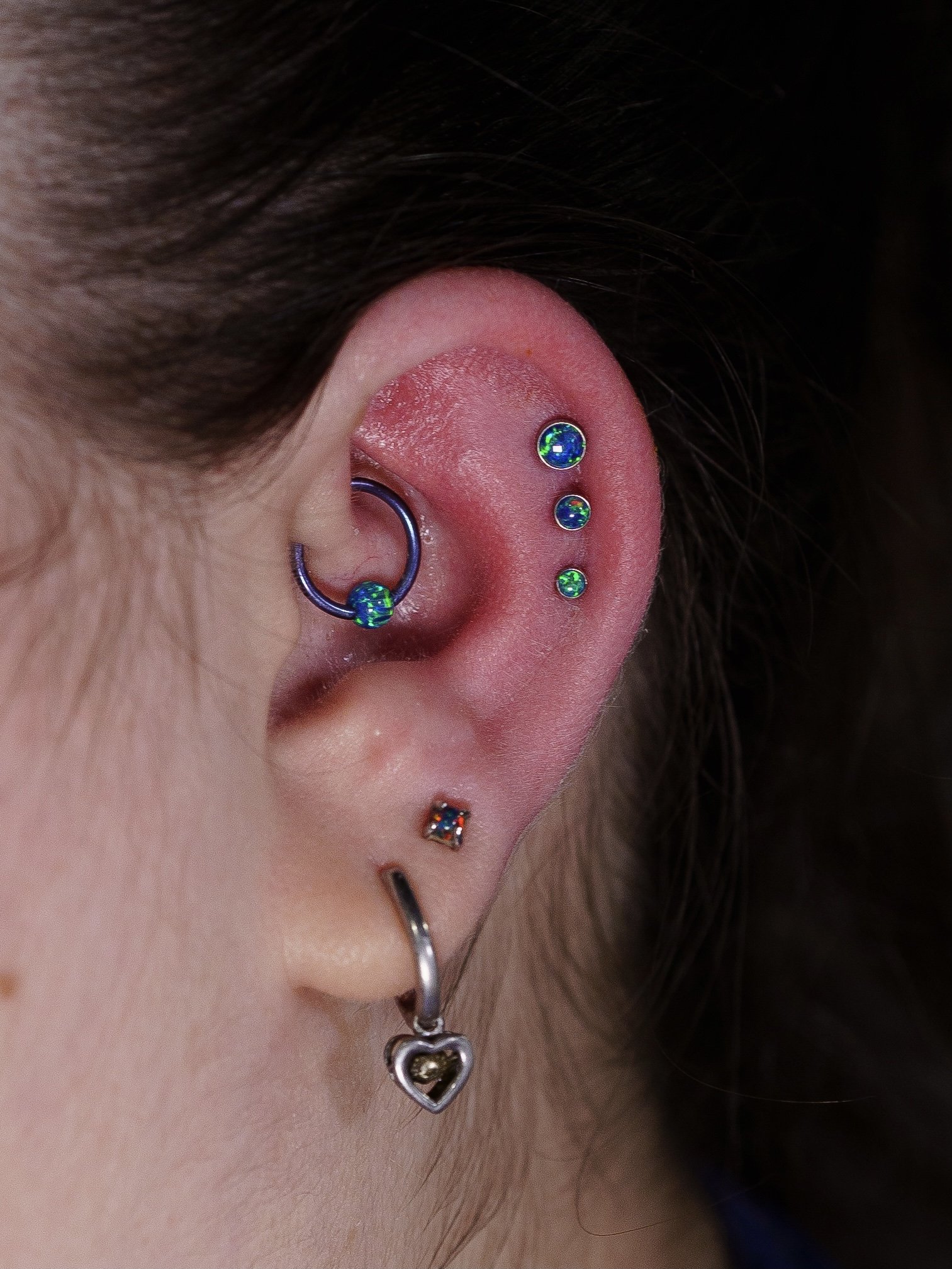5 Common Problems After Ear Piercing
Piercings are one of the most popular services any tattoo parlor can offer. From septum piercings to industrials, a having a plethora of piercings seems to be everywhere. As professional piercers, we love seeing clients walk out with fresh piercing and another smile on their face! However, we know that taking care of piercings can get tricky. Here are five of the most common problems we’ve seen after an ear piercing and what you can do about them:
Irritation bumps
Irritation bumps are common during the healing period of a lot of piercings, and are caused by many things. Some are caused by excess moisture being held at the piercing site, some are caused by trauma like snagging or if the piercing was bumped, some are even caused by the piercing itself initially being done at an incorrect angle. There are also as many solutions to irritation bumps as there are causes. The best way to go about this is to visit your piercer to figure out what the source of irritation is, follow their instructions to remove the source of irritation, and to be patient.
Embedding
Embedding is another common issue that is usually caused by excessive swelling with jewelry that is too short, or a top that is too small. While looking at jewelry at Eden, you will often hear me say to avoid our smallest pieces until your piercing is healed, and this is why. Smaller tops leave less room for error during the healing period, and being so close to the size of the post itself allows it to easily sink into the new piercing and become embedded. If you catch this issue early enough a jewelry change with your piercer can be your solution; however if left alone for too long the piercing can close over the jewelry, which will need medical attention.
Migration
Migration of a piercing is often caused by sleeping on a fresh piercing, or any other activity that puts consistent pressure on it like wearing a helmet. When a piercing is being pressed into a direction that goes against the way it was pierced, the body will eventually give in to this pressure and migrate into an angle that is no longer perpendicular to the tissue. This change of angle can cause issues through the healing period, including but not limited to irritation bumps. Unfortunately, this issue only has one solution, which is to remove the piercing, wait for it to heal and re-pierce at a later date.
(Here’s how great your piercings can look with a savvy piercer and proper care…)
Excessive buildup
Throughout the healing period, dried discharge (what our team calls “crusties”) will build up on the jewelry. However, if the jewelry is not cleaned thoroughly regularly enough, this buildup can become excessive to the point of shortening the wearable portion of your jewelry and putting pressure on the piercing, which in itself can cause some of the other issues mentioned earlier. The best way to approach this is to clean your jewelry as best you can, but if you are unable to remove the build up you may need to visit a professional for assistance.
Over-Cleaning
On the opposite end of the spectrum as excessive buildup, over-cleaning your new piercing is equally harmful. This involves cleaning your piercing more often than the suggested amount, moving the jewelry a lot during the cleaning process, or using harsh chemicals to clean it, such as alcohol, hydrogen peroxide, or soap. All of these things can actually end up slowing down your healing process rather than speed it up, like some may think. Often piercings that are over cleaned will be dry and irritated, and might end up with irritation bumps from the excessive movement. The sterile saline wound wash we suggest using to clean your piercings helps remove debris while still letting your body go through it’s natural healing process. The best thing to do is follow your piercer’s aftercare advice as closely as you can to avoid this issue.
Troubleshooting an issue with a healed or healing piercing is always a case by case basis, and there is no one size-fits-all answer when someone has a piercing issue. Often clients think they’re having one problem when really it’s something entirely different causing their issue. The best thing to do in every one of these situations is to visit your piercer in person so they are able to evaluate the situation and give you advice based on their professional experience.




